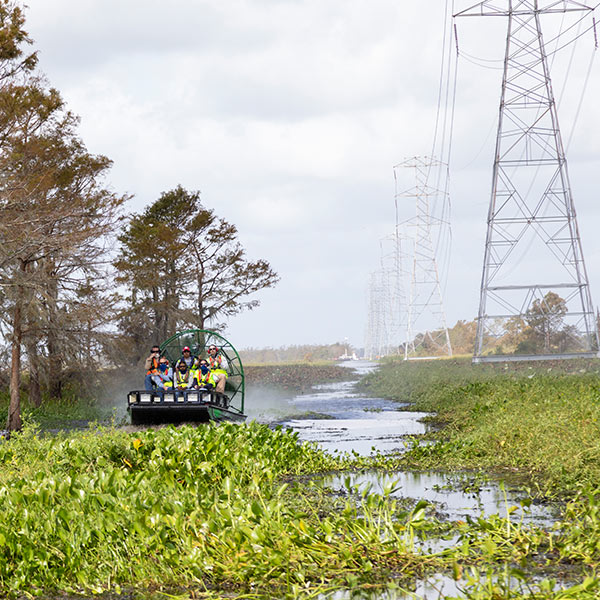Recently appointed FERC Chair Richard Glick told members of the energy storage industry Wednesday that the technologies they bring to the power sector will play a “big role” in the clean energy transition.
Glick said during the Energy Storage Association Policy Forum that among the priorities he wants FERC to address are four issues that directly affect energy storage expansion in the U.S.:
- eliminating more market barriers;
- revisiting minimum offer price rules (MOPRs);
- increasing long-distance transmission development; and
- overhauling interconnection queue processes.
Glick said he wants to expand on the commission’s work to address market barriers for new technologies.
FERC, he said, has addressed some market barriers for energy storage with, for example, Orders 841 and 2222, but there are more opportunities.
Glick said that while the commission’s work to date has focused on organized markets, there also are “big parts of the country that aren’t served by RTOs and ISOs.” He wants to explore some of the challenges those other markets are facing that create barriers for energy storage and clean technologies.
The technologies that support climate-related energy mandates also are being limited in mandatory capacity markets, he said, and he believes FERC can change that.
“Over the last several years, the majority of commissioners at FERC have opted for an approach in these capacity markets that essentially disadvantages technologies that have been the subject of state … efforts to subsidize or promote those technologies,” he said.
Energy storage and other clean technologies, he added, have been placed at a disadvantage in favor of older, less efficient generation plants that are “propped up” by MOPRs.
“These programs essentially are limiting the ability of cleaner technologies and subsidized technologies to fit into the markets at the price they want to bid in at,” he said, adding that the rules result in inefficiencies and higher prices for consumers. Capacity markets can’t sustain MOPRs because they create tension over states’ clean energy goals, he said.
Transmission and Interconnection
Long-distance transmission facilities that connect remote clean resources to demand centers must be a priority in that buildout, he said. In order to do that, he added, it will be necessary to “reassess some of the commission’s policies … sooner rather than later.”
Non-transmission alternatives — such as storage as transmission — can help offset the high cost of expanding the grid, Glick said. Interest in storage as transmission has been growing in the power sector, but Glick said the industry needs clarity from FERC on how that service will be handled in the future.
“I think it’s incumbent upon us to create a set of either rules or an outline of what the majority of the commission thinks might qualify as transmission from the storage facility perspective,” he said.
Storage as transmission presents an interesting set of challenges, he added, including, for example, whether a storage facility can compete in energy markets when it is not acting as transmission. Additional clarity is needed to determine who has operational control of a storage facility if it is treated by FERC as transmission.
With respect to needed changes in the transmission sector, Glick said he also wants to address the current challenges with interconnection queues for new resources.
“These projects, which include hybrid projects that are both solar and storage or wind and storage, stay in these interconnection queues forever,” he said.
Once those projects make it through the interconnection queue, they face costs related to network upgrades for interconnection. Those upgrades, Glick said, have benefits that go beyond the interconnecting generator that is being asked to pay for them.
The inefficiencies of that interconnection process, he said, halt the development of a lot of generation and storage projects and allow older, less efficient generation to stay online longer.




